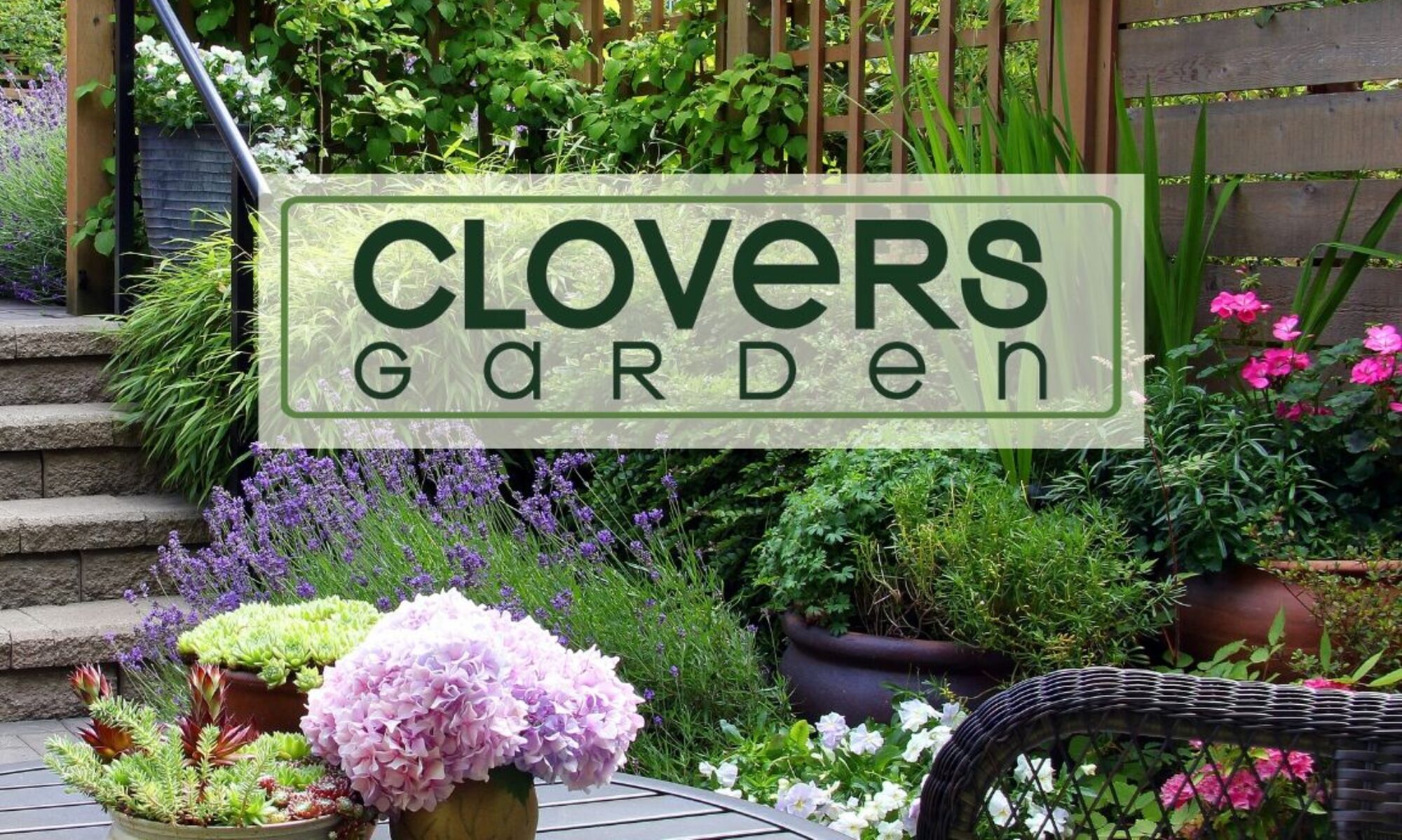 Monarchs are the only butterfly known to make a two-way migration. Most other butterflies are able to overwinter as larvae or pupae but Monarchs cannot survive the cold. Relying on environmental changes, they know when it’s time to head South and will travel between 50 and 100 miles per day, taking up to two months to reach their winter home in Mexico or Southern California. They start returning to the Southern U.S. in late February, making pit stops along the way to refuel and reproduce. Over the course of the summer and their travels, they will produce four generations of Monarchs, each one travelling further North. The fourth generation does not reproduce the first year and are the ones who travel to overwinter and restart the cycle in the Spring.
Monarchs are the only butterfly known to make a two-way migration. Most other butterflies are able to overwinter as larvae or pupae but Monarchs cannot survive the cold. Relying on environmental changes, they know when it’s time to head South and will travel between 50 and 100 miles per day, taking up to two months to reach their winter home in Mexico or Southern California. They start returning to the Southern U.S. in late February, making pit stops along the way to refuel and reproduce. Over the course of the summer and their travels, they will produce four generations of Monarchs, each one travelling further North. The fourth generation does not reproduce the first year and are the ones who travel to overwinter and restart the cycle in the Spring.
During the summer breeding season, the life cycle of a Monarch lasts for two to five weeks and goes from an amazing transformation from a tiny egg to a gorgeous butterfly. Because caterpillars are so easy to find, raising them “by hand” is very easily done in a large fish tank as long as you can feed them fresh milkweed every day.
Do You Want to Learn More?
The good news with this story is that the U.S. government and educational institutions are taking the declining Monarch population seriously and are actively working to help. From offering Monarch habitat ideas to creating school projects for teaching kids, start your search at these fantastic resources to learn more.
National Park Service Monarchs and Milkweed Video (click here)
Monarch Joint Venture (click here)
A large conglomeration of federal and state agencies, prominent Universities, and private nonprofits, you’ll find a wealth of information here as well as links to other sites for active learning and registration as Monarch Waystation.
USDA Monarch Page (click here)
This United States Department of Agriculture Forest Service website has detailed Monarch information in addition to general pollinator gardening tips and a thorough list of additional resources for adults and kids.
Save The Monarch (click here)
Another great resource with some really beautiful videos, this United States Fish & Wildlife Service website connects you with other organizations and detailed plans on how you can help the butterflies. If you’d like to watch a video about saving the Monarchs at Yosemite, click here (https://www.youtube.com/watch?v=V3jpu2th34o).
Changing the World, One Yard at a Time.
While there is disagreement about many environmental issues these days, everyone agrees that the plight of the Monarch is a reflection on the health of our North American landscape and its pollinators. The same stressors causing harm to Monarch habitat also affect plants, animals, and critical food pollinators such as honeybees. By doing your part with just a few Milkweed plants, this valuable resource can be reshaped one yard at a time! If you’d like to learn more about planting Milkweed in your garden, click over to our blog posts “How to Grow Milkweed.“
And get them from our store.

 Not all seed starter pots are created equal! Some like plastic or peat are hard on the environment while others are not so great for the seedlings. Luckily innovators have come up with a great alternative that’s friendly to the planet and tender seedlings.
Not all seed starter pots are created equal! Some like plastic or peat are hard on the environment while others are not so great for the seedlings. Luckily innovators have come up with a great alternative that’s friendly to the planet and tender seedlings.










 Just like people, garden vegetable plants grow best when they’re with friends! If you struggle with pests, critters, or even want a better crop, companion gardening can help! For instance, did you know that bee balm and mint planted near tomatoes will enhance the flavor?
Just like people, garden vegetable plants grow best when they’re with friends! If you struggle with pests, critters, or even want a better crop, companion gardening can help! For instance, did you know that bee balm and mint planted near tomatoes will enhance the flavor?  o, knowing your garden helps determine the problems that need fixing (for instance, not all gardens have trouble with cutworms). The easiest approach to companion gardening is to plant flowers and veggies in a haphazard way. No long rows, no big patches of one plant, just all jumbled together in your plot. This confuses insects and critters as they’re looking for their favorite treat and effectively camouflages plants from their enemies!
o, knowing your garden helps determine the problems that need fixing (for instance, not all gardens have trouble with cutworms). The easiest approach to companion gardening is to plant flowers and veggies in a haphazard way. No long rows, no big patches of one plant, just all jumbled together in your plot. This confuses insects and critters as they’re looking for their favorite treat and effectively camouflages plants from their enemies!
 Always wear gloves – all parts of the pepper are hot but the inside membranes and juices are the hottest. Even with gloves on, don’t touch your face, eyes, or nose. Keep milk on hand, too, as it will kill the burn much faster than water. Along with heat, each pepper has a unique flavor and color. Bell peppers have sweet and meaty flesh and are perfect for crunch and color; rubbed with olive oil and grilled whole; or sautéed and added to tomato sauce. Their sweet flavor and pretty colors only intensify if left on the vine to turn from green to yellow to orange to red. Chile peppers, too, come in a wide range of colors and the less hot versions can be made into lovely relishes, pickled with onions, or added to burgers or shishkabobs.
Always wear gloves – all parts of the pepper are hot but the inside membranes and juices are the hottest. Even with gloves on, don’t touch your face, eyes, or nose. Keep milk on hand, too, as it will kill the burn much faster than water. Along with heat, each pepper has a unique flavor and color. Bell peppers have sweet and meaty flesh and are perfect for crunch and color; rubbed with olive oil and grilled whole; or sautéed and added to tomato sauce. Their sweet flavor and pretty colors only intensify if left on the vine to turn from green to yellow to orange to red. Chile peppers, too, come in a wide range of colors and the less hot versions can be made into lovely relishes, pickled with onions, or added to burgers or shishkabobs.


 The beauty you’ve worked so hard to create outdoors can easily be turned into gorgeous wall art, all for a fraction of the cost of decor store prints. And all you need is one good digital photo of the one-of-a-kind subject matter right outside your backdoor! Whether you have an expensive multi-lens camera or a simple smart phone, you can freeze frame that beauty with just a couple clicks. Getting a good shot doesn’t require advanced skills. Just remember these simple garden photography basics:
The beauty you’ve worked so hard to create outdoors can easily be turned into gorgeous wall art, all for a fraction of the cost of decor store prints. And all you need is one good digital photo of the one-of-a-kind subject matter right outside your backdoor! Whether you have an expensive multi-lens camera or a simple smart phone, you can freeze frame that beauty with just a couple clicks. Getting a good shot doesn’t require advanced skills. Just remember these simple garden photography basics: Take your time. Spend a chunk of time watching the activity in your garden and you’ll eventually notice birds, butterflies, and bees that stop by. These make great shots – just use your “sports” mode and snap a bunch as they flit around the blooms. (And by the way, sitting in your garden is a great stress reliever!).
Take your time. Spend a chunk of time watching the activity in your garden and you’ll eventually notice birds, butterflies, and bees that stop by. These make great shots – just use your “sports” mode and snap a bunch as they flit around the blooms. (And by the way, sitting in your garden is a great stress reliever!). All that hard work you’ve put into your flowerbeds, planters, and patio pots really deserves a spotlight, don’t you think? From candles to strings of light to unique solar light stakes, creative outdoor lighting can turn your patio into a warm and welcoming extension of your living room. And you don’t need to be an electrician to turn on the lights! It’s easy and inexpensive to light up every nook and cranny of your garden and enjoy your yard long past sundown.
All that hard work you’ve put into your flowerbeds, planters, and patio pots really deserves a spotlight, don’t you think? From candles to strings of light to unique solar light stakes, creative outdoor lighting can turn your patio into a warm and welcoming extension of your living room. And you don’t need to be an electrician to turn on the lights! It’s easy and inexpensive to light up every nook and cranny of your garden and enjoy your yard long past sundown.

